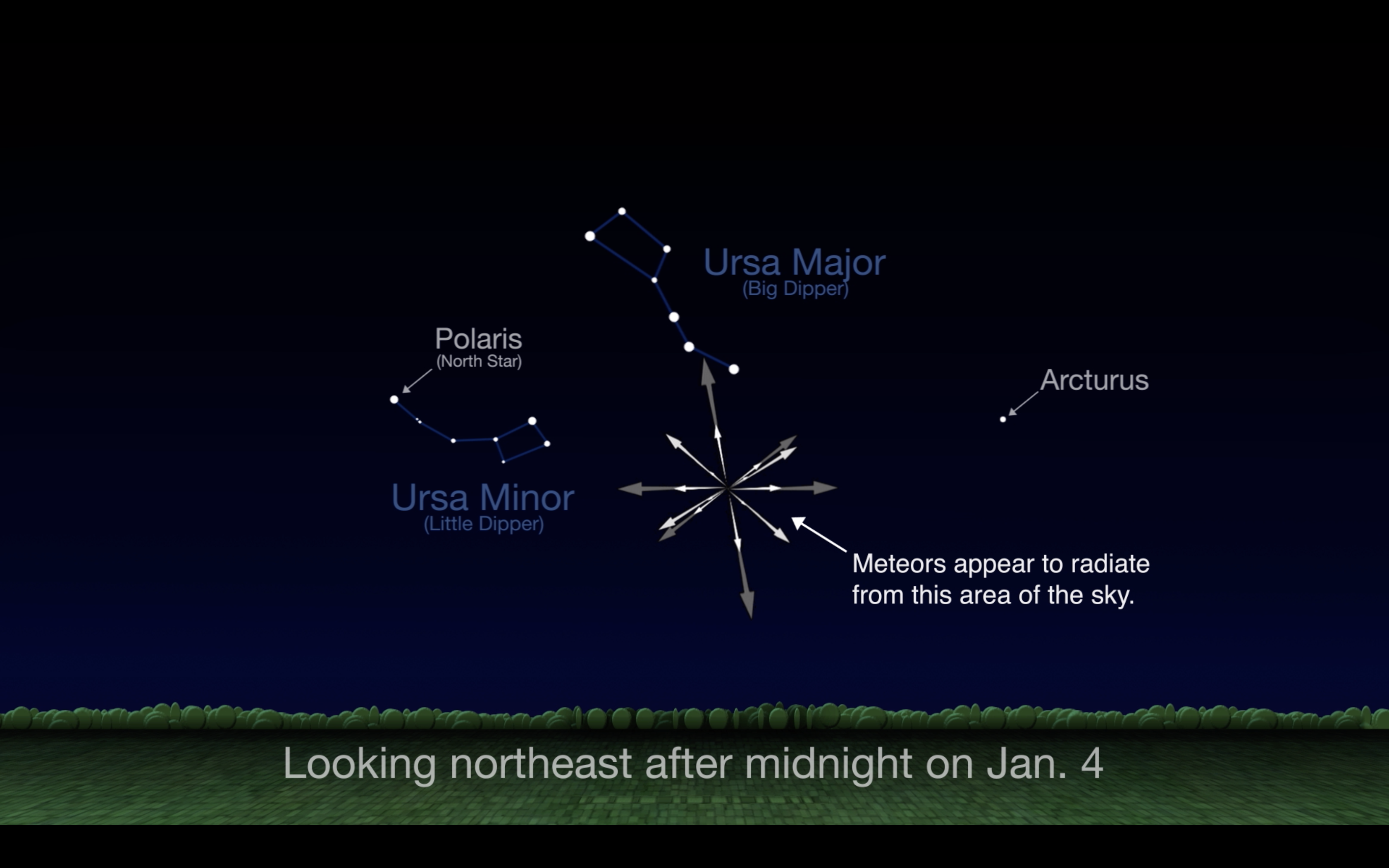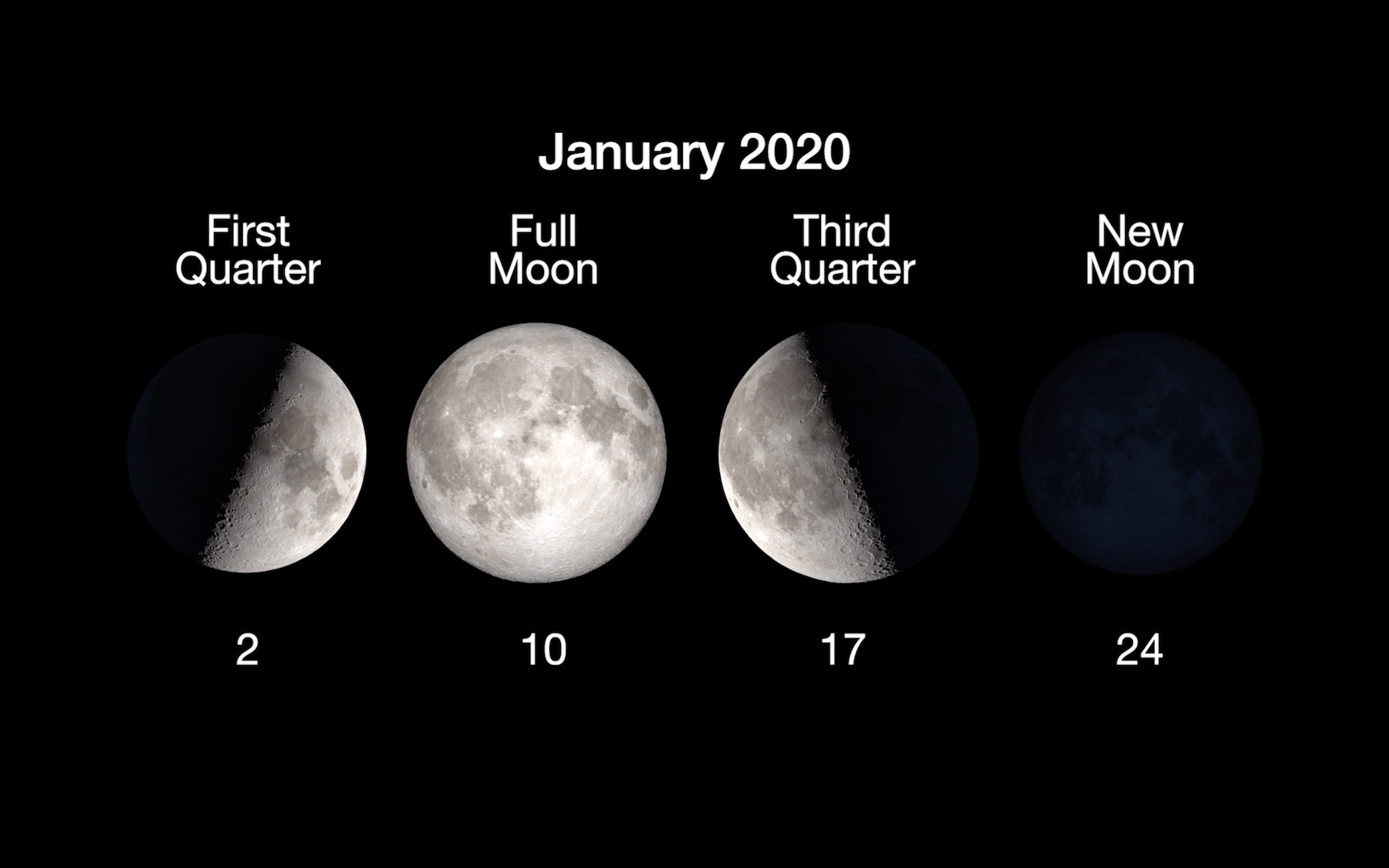What’s Up: January 2020 [Video]
| Credit | NASA/JPL-Caltech |
|---|---|
| Language |
|
What's Up for January? Morning meteors, Mars meets its "rival," and the Moon comes around for another visit with Venus.
› Details and Sky Charts
Transcript
What's Up for January? Morning meteors, Mars meets its "rival," and the Moon comes around for another visit with Venus.
The early morning of Jan. 4th brings the peak of the Quadrantid meteor shower. This annual shower can be one of the better ones of the year, although it has a much shorter peak than most other meteor showers — just a few hours versus a day or two.

The visibility of meteor showers from year to year has a lot to do with whether there's a bright Moon in the sky at the time or not. This year, the Moon will set soon after midnight local time, meaning viewing conditions should be good, provided your local skies are not obscured by winter weather.
Face toward the northeast between midnight and dawn to see as many as two dozen meteors per hour under dark skies. (And the farther away you get from city lights, the darker it'll be.) So bundle up, and be sure to give your eyes a little time to adapt to the dark, including a break from your mobile device, in order to see the maximum number of meteors.
Mars rises before dawn during January with its "rival," the red giant star Antares. The name of this star translates as "rival to Mars" in ancient Greek, and the star rivals the Red Planet's appearance to the unaided eye, both in color and brightness.
In reality, Antares is way, way bigger than Mars. In fact, it's much bigger than the orbit of Mars. It's about 10,000 times brighter than our Sun, but it's also 16 million times farther away from us than Mars is, so, like all stars, even though it's really bright, it appears as just a tiny, flickering point of light in the night sky.

You can view the pair low in the southeast, about an hour before sunrise each morning. Near the beginning of January, Mars appears above Antares. As the days progress, the planet moves lower and to the east of Antares. They're joined by a slim lunar crescent on January 20th for what should be a very pretty grouping.

And as we start 2020, NASA's looking forward to the launch of the Mars 2020 rover mission. It's slated to blast off in July to seek signs of ancient life in a fossilized river delta on the Red Planet.
Closing out the month, the crescent Moon and Venus once again make for a gorgeous sight at the end of January, on the same day of the month as they did back in December. On January 28th, you'll find the pair hovering in the southwest in the hour or so after sunset that evening, so be sure to go out and take a look.

Here are the phases of the Moon for January.

You can catch up on all of NASA's current and future missions at nasa.gov. I'm Preston Dyches from NASA's Jet Propulsion Laboratory, and that's What's Up for this month.
